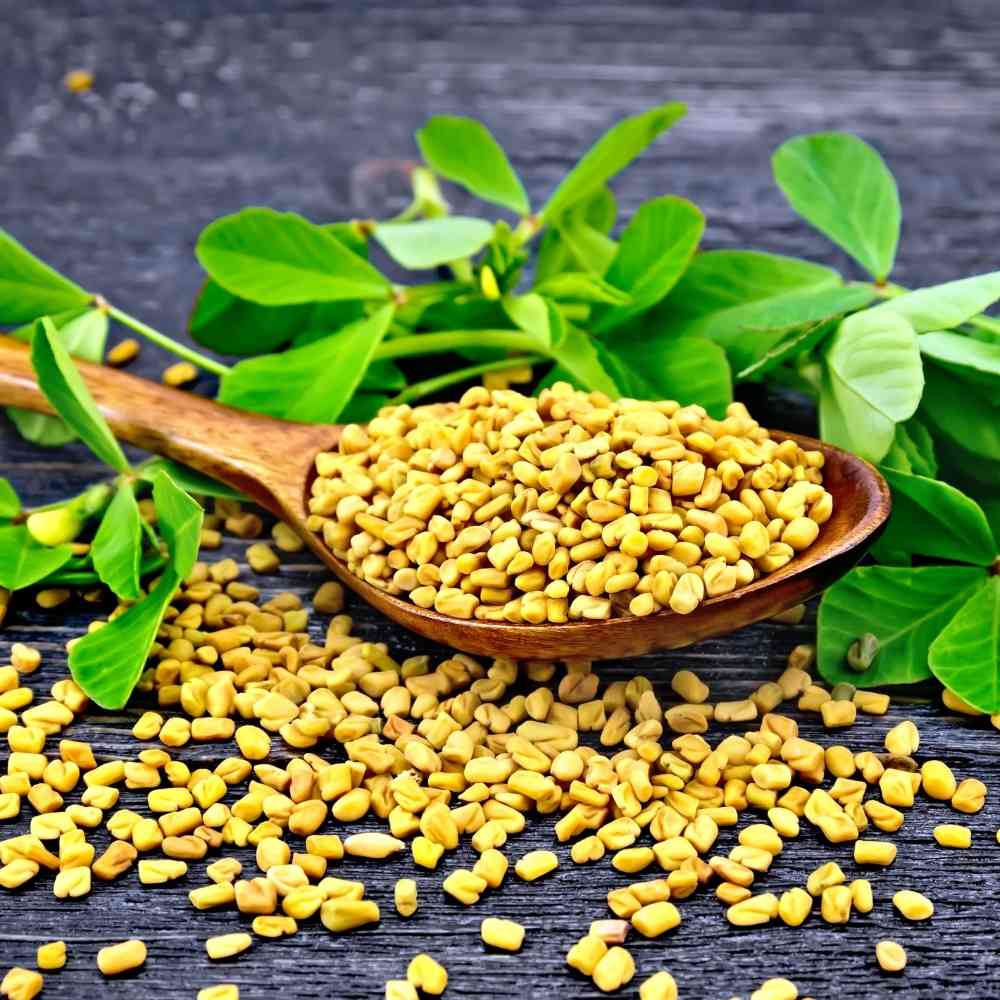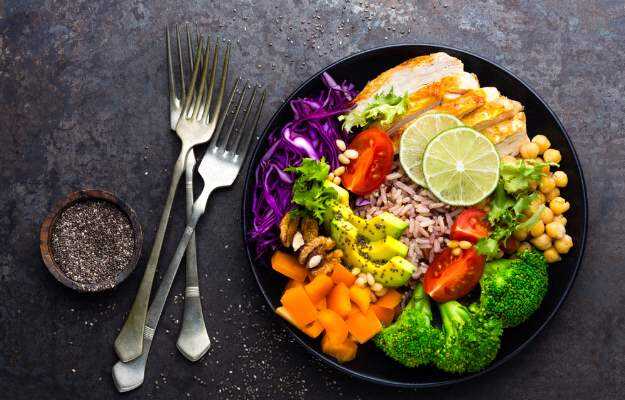Fenugreek or Methika, is more than just a kitchen spice. Beyond its role in improving the flavour of your meals, it also offers some amazing health benefits, especially for diabetes management. Ayurveda always loved its ability to support digestion, boost metabolism and balance blood sugar levels. Managing diabetes is not easy, especially if you’re relying only on medications. Ayurveda takes a different approach, focusing on a mix of diet, lifestyle, and natural remedies to keep blood sugar in check. Simple additions like including fenugreek in your diet can make a real difference. From soaked seeds to herbal teas, there are many ways to add this powerful herb into your routine. Using fenugreek helps improve insulin sensitivity, support digestion, and even reduce sugar cravings, making diabetes management a little easier.Studies suggest that regular intake of fenugreek may help prevent sudden drops or spikes in blood sugar levels, providing a more stable energy supply throughout the day. What is Fenugreek ? Fenugreek is a herb that belongs to the legume family. Its seeds are often used in cooking, especially in Indian cuisine. However, it is not just an aromatic spice. It has been popular in many ancient cultures for being an overall healing agent. It helps in digestion, increasing milk production in nursing women, and most importantly, in the management of blood sugar levels. Mention of Fenugreek in Ayurveda In Ayurveda, fenugreek is known as “Methi” and is mentioned in classical texts as a powerful herb that aids digestion, reduces Kapha and supports metabolic health. Acharya Charaka includes it in the ‘Shaka Varga’ (group of vegetables) in the Charaka Samhita. One of the oldest references to fenugreek in Ayurveda can be found in Bhavaprakasha Nighantu: मेतिका उष्णा तिक्त च दीपनी पाचनी लघु | वातानिलाश्रमघ्नी च श्लेष्मपित्तकरी माता || Methika ushna tikta cha deepani pachani laghu Vatanilashramaghni cha shleshma pittakari mata (Bhavaprakasha Nighantu, Haritakyadi Varga, Verse 142) Based on this verse,fenugreek has the following properties: Hot in potency Bitter in taste Improves digestion Aids metabolism Light for digestion Alleviates Vata disorders, fatigue, and excess Kapha May aggravate Pitta when consumed excessively Fenugreek and Diabetes There are several qualities of fenugreek that make it great for managing diabetes: Slows down sugar absorption Fenugreek seeds are packed with soluble fiber, which turns into a gel-like mucilage when soaked. This slows down the digestion and absorption of carbohydrates, leading to a steady release of glucose into the bloodstream. As a result, it helps prevent sudden blood sugar spikes after meals and keeps energy levels stable. Boosts insulin sensitivity Studies show that fenugreek has components that increase your insulin sensitivity, especially in people with Type 2 diabetes. Hence, it allows your body to use insulin in a better way. This means your body can utilise insulin more effectively, reducing the amount of glucose circulating in the blood Ayurvedic practitioners often recommend taking Fenugreek with black pepper or ginger to enhance its benefits. Ginger aids digestion, while piperine – the compound in black pepper boosts absorption, making Fenugreek more effective for blood sugar balance. Aids in blood sugar control Studies show that fenugreek helps reduce fasting blood sugar levels. The seeds contain 4-hydroxyisoleucine, an amino acid that is believed to stimulate insulin secretion. This helps improve glucose metabolism and may contribute to lowering blood sugar levels. Anti-inflammatory properties People with diabetes often suffer from inflammation, especially of the joints. Not only does it decrease inflammation, but it also increases insulin sensitivity due to its anti-inflammatory nature. Ayurveda links weak digestion to Ama (toxins), which can lead to chronic inflammation. Fenugreek, with its digestion-boosting and metabolism-enhancing properties, helps clear Ama, indirectly supporting better metabolism and easing diabetic complications like joint pain. Ways to Use Fenugreek for Diabetes Management You can use fenugreek in different ways to regulate blood sugar levels. Fenugreek seeds You can take it’s seeds directly by soaking a teaspoon in water overnight and consuming them on an empty stomach. Ayurveda suggests chewing the soaked seeds instead of swallowing them whole, as this stimulates digestive enzymes and enhances absorption. Ground fenugreek You can also add a teaspoon of the fenugreek powder to a glass of warm water or milk and drink one to two times a day. Mixing the powder with buttermilk is another Ayurvedic way to consume it, especially during summer, as buttermilk pacifies Pitta Dosha. Fenugreek tea Another way to consume fenugreek is by boiling the seeds in water to make a tea. It’s a simple and relaxing way to support blood sugar balance. Adding a pinch of cinnamon to the tea not only adds to the taste, but it also boosts its glucose-lowering benefits. Precautions While fenugreek is generally safe for most people, there are a few things to keep in mind: Consult your doctor Fenugreek can interact with certain medications and affect blood sugar levels. Before consuming it, consult with an Ayurvedic doctor, especially if you’re taking medication for diabetes. Possible side effects Some people may experience mild digestive discomfort, diarrhea, or bloating when they first start taking fenugreek. These symptoms usually subside as the body adjusts. These symptoms usually subside as your body adjusts. Allergies If you have allergies to legumes like peanuts or chickpeas, you might also be allergic to fenugreek. Start with a small amount to test for any reactions. Fenugreek is a versatile and powerful herb that can support blood sugar control in people with diabetes. Its high fiber content, ability to improve insulin sensitivity, and anti-inflammatory properties make it a valuable addition to a diabetes management plan. Ancient Ayurvedic texts emphasize that Type-2 diabetes (Madhumeha) is not just about… Continue reading Fenugreek: A Natural Support for Diabetes
Fenugreek: A Natural Support for Diabetes

